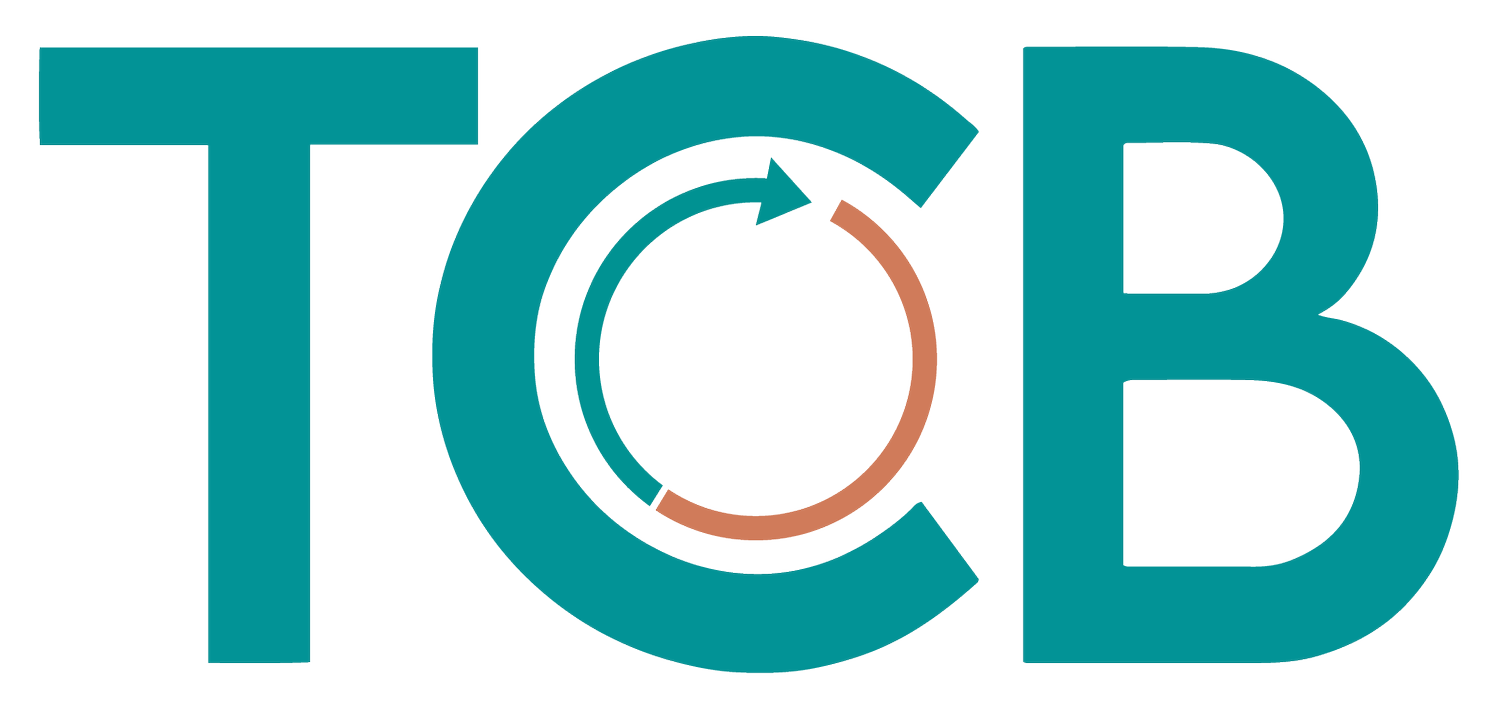Struggling with B2B Leads? How to Generate Quality Prospects that Convert
TCB recently ran a poll asking our B2B professionals a simple but revealing question: “How would you rate the performance of your current lead generation efforts so far this year?” The results were really interesting and revealing…
No one felt they were exceeding expectations
A third reported they’re on track
Over half admitted their efforts were underperforming
A small portion (11%) said it was too early to tell
These numbers tell a clear story. For most companies, lead generation isn’t hitting the mark. Only a third are meeting their targets, and none are surpassing them. At TCB, we see these challenges regularly when working with businesses across industrial and technology sectors. Understanding the landscape - how B2B marketing and sales teams operate, the complexity of buyer journeys, and the pressures on internal resources - is critical to turning underperforming campaigns into consistent pipelines of high-quality leads.
Recognising the hurdles is the first step. Without a clear picture of the challenges your team faces, it’s difficult to implement strategies that actually work. By analysing these trends and understanding where leads are falling through the cracks, companies can make smarter, data-driven decisions that maximise every marketing and sales effort.
Why B2B lead generation remains so tough
So why does lead generation remain such a persistent challenge for B2B businesses? Despite all the tools, strategies, and campaigns in play, many teams still struggle to hit their targets. The reasons aren’t always obvious but understanding them is key to turning underperforming efforts into a reliable pipeline. Here are a few common hurdles that often stand in the way:
Complex buyer journeys
B2B sales cycles are often long and involve multiple stakeholders. Generating leads is one thing, but tracking interest, engaging decision-makers, and nurturing prospects through multiple touchpoints requires a structured approach that many teams struggle to implement.
Limited resources
Marketing and sales teams frequently juggle multiple priorities. Following up on every lead, segmenting prospects, and personalising communication can drain resources - and when internal capacity is stretched, all but the hottest opportunities can easily slip through the cracks.
Quality vs quantity
Generating a high volume of leads is only part of the picture. The real challenge is identifying which leads are genuinely sales-ready. Without clear criteria or scoring mechanisms, teams can waste time chasing prospects who aren’t ready to buy.
Fragmented data and tools
Many companies collect leads across multiple channels - trade events, social media, website forms, and email campaigns - but then struggle to consolidate and act on that data. Disconnected tools and workflows often mean potential leads get lost before they can be properly engaged.
Turning challenges into opportunities: how successful companies approach lead generation
Given these challenges, it’s no surprise that more than half of our poll respondents see their lead generation as underperforming. The good news is that there are ways to address these issues strategically.
Companies that succeed tend to focus on a few key areas:
Prioritising the right leads
Too many businesses treat every contact the same. The result? Wasted time and missed opportunities. By applying structured lead qualification (using frameworks like BANT) and focusing on the decision-makers that matter, you make sure your sales team spends time only where it counts.
Implementing structured follow-up processes
Prospects rarely convert after a single touchpoint. Without a clear initial follow-up cadence across phone, email, and LinkedIn, valuable opportunities simply fall through the cracks. A disciplined outreach programme keeps leads warm, ensures consistency, and positions your business as professional and customer-focused.
Using data-driven insights to refine strategy
Analytics should inform every stage of lead generation. Which channels attract genuine decision-makers? Which messages resonate in different markets? By measuring outcomes, then refining targeting, messaging, and cadence, businesses can shift from chasing volume to cultivating high-quality pipelines.
Aligning sales and marketing
Lead generation breaks down when there’s no shared definition of what is a qualified lead. With agreement on criteria and a smooth handover process, marketing and sales can work as one, supported by real-time feedback from ongoing campaigns.
This is where thoughtful, targeted support can make a real difference. With the right approach, businesses can turn underperforming campaigns into reliable pipelines of high-quality leads, freeing internal teams to focus on closing deals rather than chasing cold prospects.
At TCB, we specialise in helping B2B businesses turn underperforming lead generation into consistent, high-quality pipelines. No matter how complex your sales cycle, how niche your product, or how fragmented your data - whether that’s information spread across multiple sources, stored in different formats, or originating from diverse countries and languages - our team has the expertise and strategic approach to optimise your lead generation and deliver measurable results.
Get in touch with TCB today to see how we can help you convert more leads into real business opportunities.



